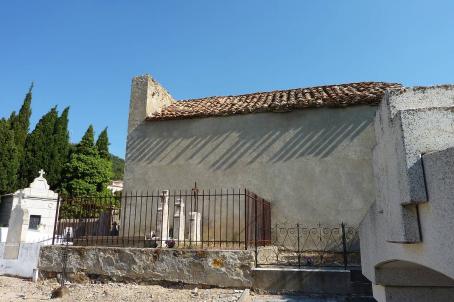Church of Notre-Dame, Termes

The Church of Termes was built im 1163, as stipulated in the act of sharing the castle of Termes between the two brothers, Raimond and Guillaume de Termes. Since then, the building has not undergone any noticeable modifications, except the elevation of the north wall to reduce the slope of the roof in 1890.
About this building
This is a church with a single nave, whose gable wall facade is surmounted by a pinnacle.





